This article was co-authored by wikiHow Staff. Our trained team of editors and researchers validate articles for accuracy and comprehensiveness. wikiHow's Content Management Team carefully monitors the work from our editorial staff to ensure that each article is backed by trusted research and meets our high quality standards.
There are 10 references cited in this article, which can be found at the bottom of the page.
This article has been viewed 43,009 times.
Learn more...
There is a long history of hospital volunteers dedicating their time to help the doctors and nurses on staff. (“Candy striper” is a term used to describe hospital volunteers, especially teenagers, that comes from the traditional red-and-white striped uniforms female volunteers wore.) Being a hospital volunteer is a great way to help out in your community and can be a valuable, rewarding experience.
Steps
Deciding Where to Volunteer
-
1Find a hospital with a volunteer program. The internet is a good resource for this. Use a search engine to find hospitals in your area with volunteer programs. You can usually apply to these online.
-
2Choose what type of volunteering you want to do and where. In addition, hospitals have different sections, and large hospitals have different buildings and locations that offer different services.[1] You’ll have to choose where you want to volunteer and what kind of work you want to do before you apply. Some examples of where you might work might include:
- The children's hospital;
- The acute or urgent care wing;
- The physical rehabilitation center;
- Hospice and end-of-life care.
Advertisement -
3Pick your time commitment. Many hospitals generally have two programs:[2]
- Summer programs aimed at teens, where the commitments are for the summer months only;
- Longer commitments for adults, often only a few hours a week, but requiring a commitment typically of six months or a year.
Applying to Volunteer
-
1Read the requirements for applying. These days, most hospitals have websites where you can apply directly and find this information. Make sure you meet any requirements for applying, such as educational minimums, age, or free time.
-
2Gather the materials you need. Some examples may include:
- References. Three is usually a good number to have, and teachers or bosses (if you've had a job) are good sources to approach.
- A cover letter, similar to one you might write for a job application or to a college admissions essay. Focus on why you want to volunteer in this unit or at this hospital, and tell a personal story if you can.
-
3Fill out and submit your application. The hospital's website will usually have these, in multiple pages. You can usually save and come back if you need to. You may have to agree to additional requirements to volunteer, like a background check or a drug test.
Preparing to Volunteer
-
1Prepare for your interview. Some hospitals will offer you guidelines to follow before you interview[3] , although otherwise this will be much like a job interview. Prepare appropriate answers to the questions you might be asked. Some examples include:
- Why do you want to work with us?
- What are you looking to get out of your volunteer work?
- What do you know about our company?
- What is your biggest weakness? [4]
-
2Don’t over-schedule yourself. [5] Many hospitals have minimum requirements for the time you have to commit to if you volunteer, usually three or four hours a week over a period of months.[6] If you can’t make the time needed to meet your commitments, you may lose the position and find it difficult to be selected for more volunteer positions in the future.
-
3Dress appropriately for your shift. While the uniforms that gave rise to the nickname “candy stripers” aren’t in fashion anymore, there will be requirements for how you dress in your position. A sample dress code might include:
- Your ID Badge must be worn at all times.
- You must wear the volunteer uniform, if there is one. (It may just be a shirt.)
- Dress pants may be worn but must not drag on the floor. Women way wear skirts at least knee length.
- Jeans, shorts, and open-toed shoes are not permitted.[7]
-
4Attend the orientation. This includes reading any preparatory materials the hospital sends you. The orientation will fill you in on the specific things you need to know about your position, including some you may not have thought of. Some things that are specific to the medial profession include:
- Patient rights,
- Patient confidentiality,
- Medical ethics.[8]
Dealing with the Patients
-
1Treat the patients kindly and with respect. They are not well, and part of your job as a volunteer is to help make their lives easier and more comfortable. These steps are especially important if you are volunteering in a unit where your interactions with the patients are part of their treatment, like behavioral medicine.[9]
-
2Give them praise when they manage to accomplish something challenging. Positive thinking can aid in recovery, and encouragement helps patients stay positive.
- A "Good job!" or "You're getting better every day" can really lift a patient's spirits.
-
3Respond to patient complaints in a way that shows you are listening. For example, if the patient feels they are not being responded to in a timely manner:
- "I understand you must feel frustrated by that. Is there anything I can do?" is a good answer;
- "All the doctors and nurses are busy; they'll get to you when they can” is not.
Behaving Professionally While Volunteering
-
1Take your responsibilities seriously. Don't goof off-- treat your volunteer position as you would a job. This is the best way to keep your volunteering position, or even turn it into a paid position down the line.
-
2Listen to and learn from the professionals. Don’t have an ego about the position or come in acting like you know more than you do.[10] Observe the professionals you will be working with and learn from their example.
-
3Ask questions if you need to. Be polite, but try to stay to the point, as doctors and nurses have busy schedules.
- A simple “What’s the best way to do this?” can be used in many situations and save you lots of time.
- “What should I do if…” can prepare you for a lot of incidents or patient behaviors that may come up.
-
4Offer to take on more responsibilities if you can handle them. This is both a great way to get noticed and will provide valuable help to the hard-worked doctors, nurses, and other staff. The more responsibilities you show you can handle, the more the workers will trust you.[11]
- Don’t demand, but ask politely: “I’m enjoying the challenges I have now, but I feel like I could do more, if it would help.”
-
5Don't take on work that isn't assigned to you. There is a good chance you will make a mistake this way. If you act outside the duties assigned to you, the responsibilities for something going wrong fall on you and not the hospital.[12]
Community Q&A
-
QuestionDo I have to know CPR or the Heimlich maneuver or anything medical?
 DonaganTop AnswererNo, Candy Stripers don't do anything "medical."
DonaganTop AnswererNo, Candy Stripers don't do anything "medical."
References
- ↑ http://www.memorialhermann.org/give-volunteer/volunteer/
- ↑ http://www.nyp.org/volunteer
- ↑ https://www.floridahospital.com/children/experience/volunteer/interview2
- ↑ http://www.slideshare.net/Mrbia14/hospital-volunteer-interview-questions
- ↑ www.networkforgood.org/volunteer/volunteertips.aspx
- ↑ http://www.nyp.org/volunteer
- ↑ http://www.uncmedicalcenter.org/uncmc/support/volunteer-services/uncmc-volunteers/general-questions/
- ↑ http://www.memorialhermann.org/locations/texas-medical-center/summer-teen-volunteer-program/
- ↑ https://www.advocatehealth.com/assets/documents/volunteer_handbook_-_gshp.pdf

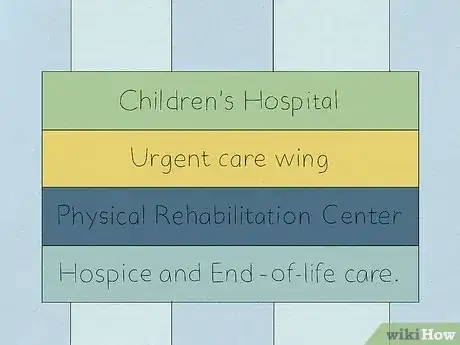

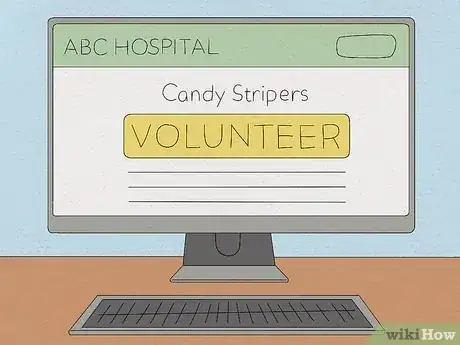



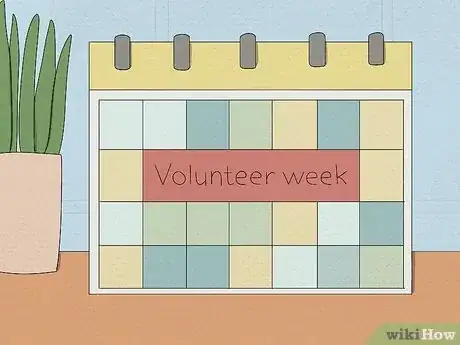












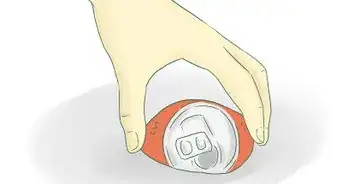



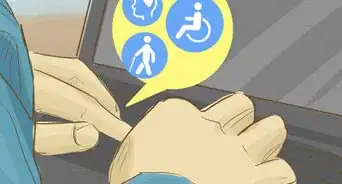






















































Medical Disclaimer
The content of this article is not intended to be a substitute for professional medical advice, examination, diagnosis, or treatment. You should always contact your doctor or other qualified healthcare professional before starting, changing, or stopping any kind of health treatment.
Read More...